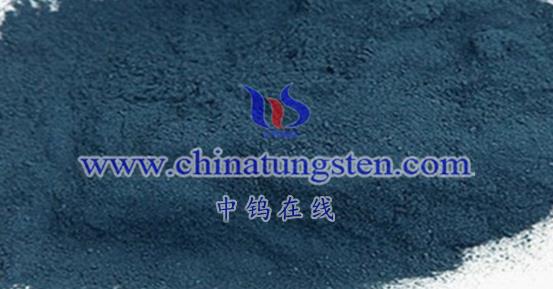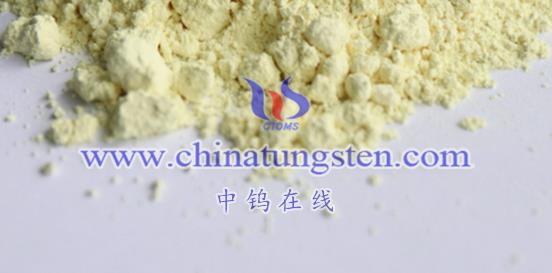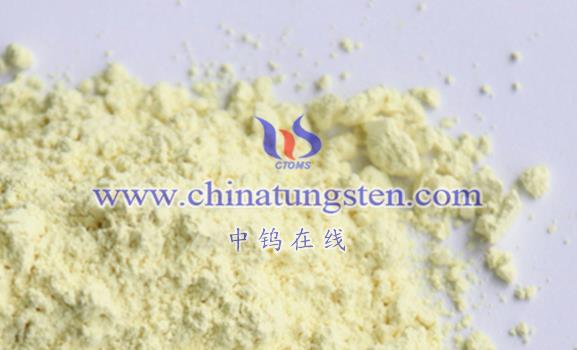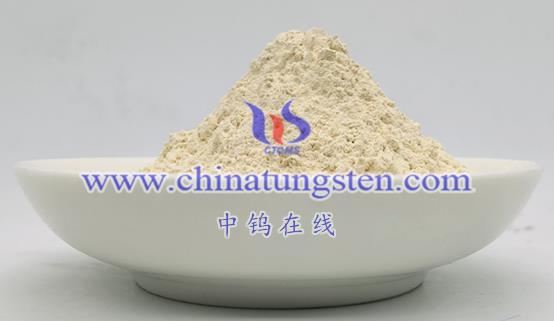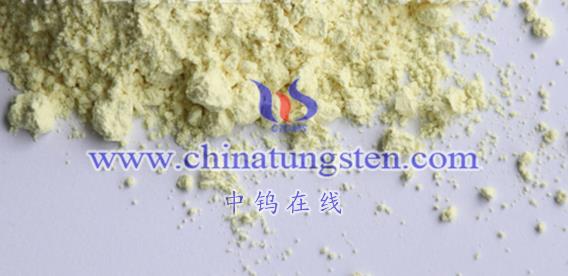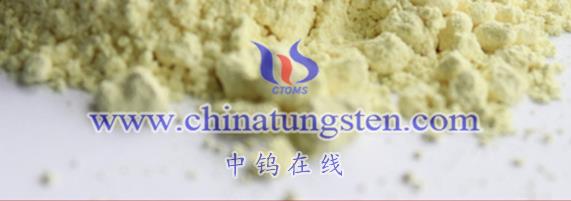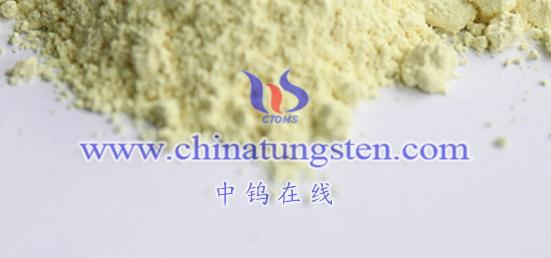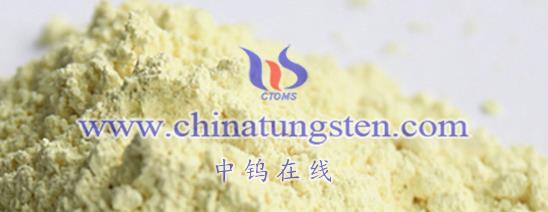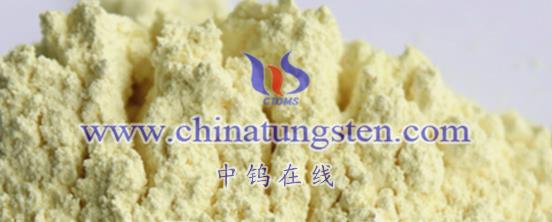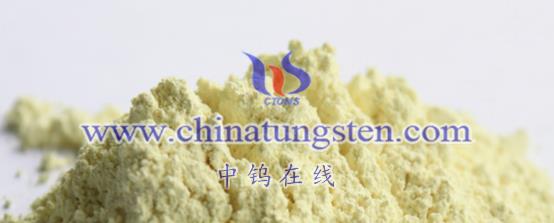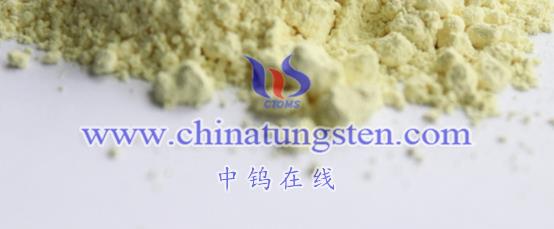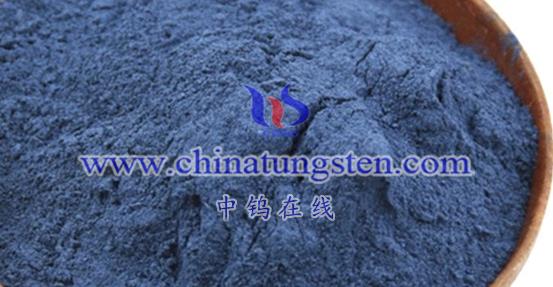
Nano-tungsten oxide (WO3) plays a significant role in environmental protection due to its excellent catalytic, optoelectronic, and gas-sensitive properties. Here are the specific applications of nano-tungsten oxide in this field:
- Photocatalytic Degradation of Organic Pollutants
- Photocatalytic Degradation: Nano-tungsten oxide acts as a photocatalyst that, under light exposure, generates electron-hole pairs. These pairs react with water and oxygen to produce strong oxidants such as hydroxyl radicals and superoxide ions, which effectively degrade organic pollutants.
- Air Purification: Nano-tungsten oxide photocatalysts can use moisture and oxygen from the air to remove harmful gases like formaldehyde and benzene, thereby improving indoor air quality.
- Water Treatment: In photocatalytic reactions, nano-tungsten oxide can decompose organic contaminants in water, such as dyes, pesticides, and antibiotics, thus purifying and improving water quality.
- Gas-Sensitive Sensors
- Environmental Monitoring: Nano-tungsten oxide, as an n-type semiconductor material, exhibits excellent gas sensitivity. It changes its electrical resistance when exposed to specific gases, enabling gas detection. It is used in gas leak detectors and humidity sensors for gases like CO, CH4, NOx, SO2, NH3, and H2. Monitoring these gases is crucial for detecting environmental pollution or safety hazards.
- Civil Applications: It can detect leaks of natural gas, liquefied petroleum gas, and city gas, as well as unpleasant gases such as ammonia and hydrogen sulfide in residential and public spaces, ensuring safety and comfort.
- Industrial Applications: Nano-tungsten oxide sensors are used to detect toxic gases like carbon dioxide, nitrogen oxides, and sulfur oxides in petrochemical industries. They also monitor hydrogen gas generated during transformer oil degradation, assess the freshness of perishable foods like meat, and measure ethanol levels in driver breath tests, contributing to industrial safety and food quality.
- Self-Cleaning and Antibacterial Properties
- Self-Cleaning: Thin films made from nano-tungsten oxide exhibit strong oxidative capabilities under UV light, breaking down organic contaminants into carbon dioxide and water. This property enables self-cleaning effects and anti-fogging, making it useful in applications such as building materials and automotive glass.
- Antibacterial: The photocatalytic activity of nano-tungsten oxide generates active superoxide ions, which are highly oxidative. These ions interact with bacteria and their components, effectively killing bacteria and degrading toxic compounds released by bacteria, thus preventing secondary contamination.
Summary
Nano-tungsten oxide offers valuable contributions to environmental protection through its applications in photocatalytic degradation of organic pollutants, gas-sensitive sensors, and self-cleaning and antibacterial technologies. These uses help improve air and water quality, enhance environmental monitoring, and support overall environmental conservation efforts. As research advances, the effectiveness and range of nano-tungsten oxide’s applications in environmental protection are expected to expand further.
More details of tungsten oxide product, please visit website: tungsten-oxide.com
Please contact CHINATUNGSTEN for inquiry and order of tungsten oxide:
Email: sales@chinatungsten.com
Tel.: 86 592 5129595
